
Let’s talk about asparagus for a moment.
Despite its year-round presence in the grocery store, it’s usually the first vegetable to show up in the garden after a long, cold winter. We’ve grown accustomed to seeing asparagus in the supermarket all year, and like most things we now enjoy year-round, we’ve also grown accustomed to the flavor of store-bought asparagus.
It’s fine.
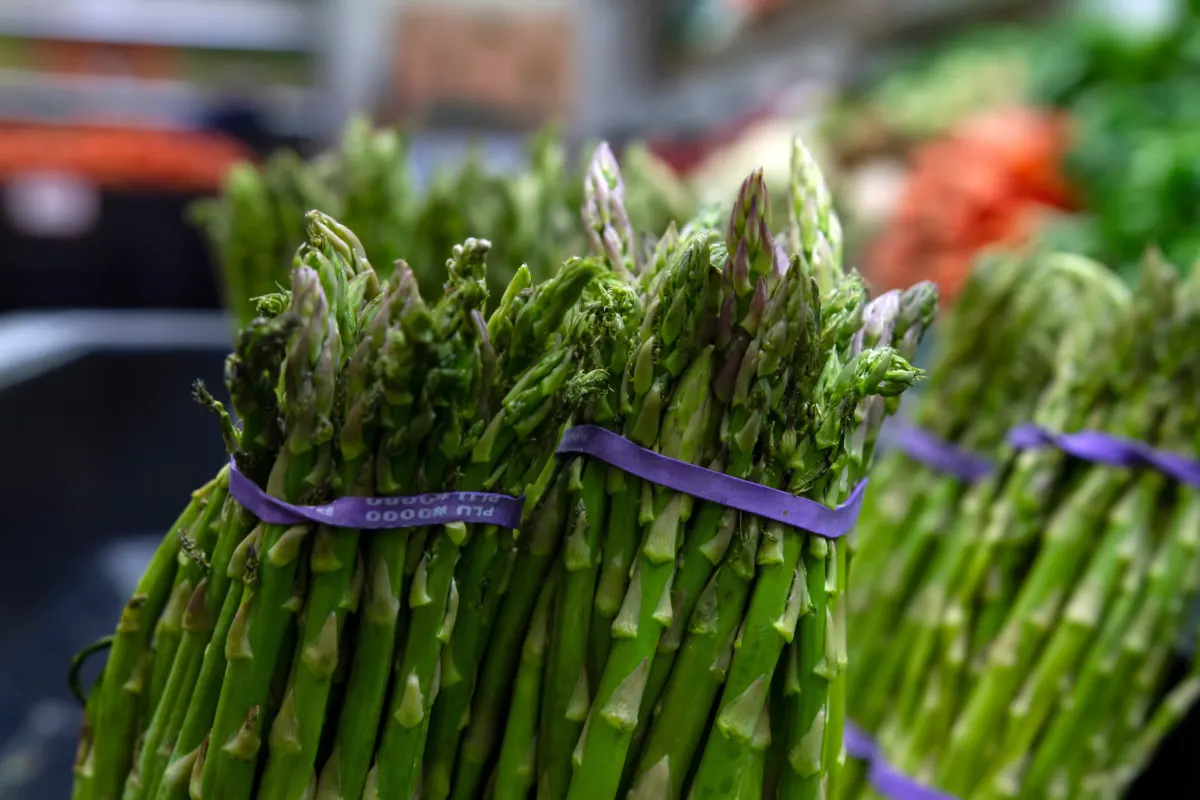
Really.
Store-bought asparagus tastes just fine.
That is until you grow an asparagus patch of your own. Then it only takes that first tender, crisp, sweet bite of homegrown asparagus for you to be filled with righteous anger.
“I have seen the light! We’ve been lied to for years. The supermarket has been selling dried green twigs masquerading as asparagus!”
You weep openly as you take another bite of the vivid green spear on your fork, amazed that such a divine piece of vegetation came from the humble dirt of your backyard.
So begins a life-long love of homegrown asparagus.
And it’s a good thing it’s a life-long love, too, as once they’re established, a well-kept patch of asparagus will continually produce for anywhere from 20-30 years. Take that, store-bought asparagus.
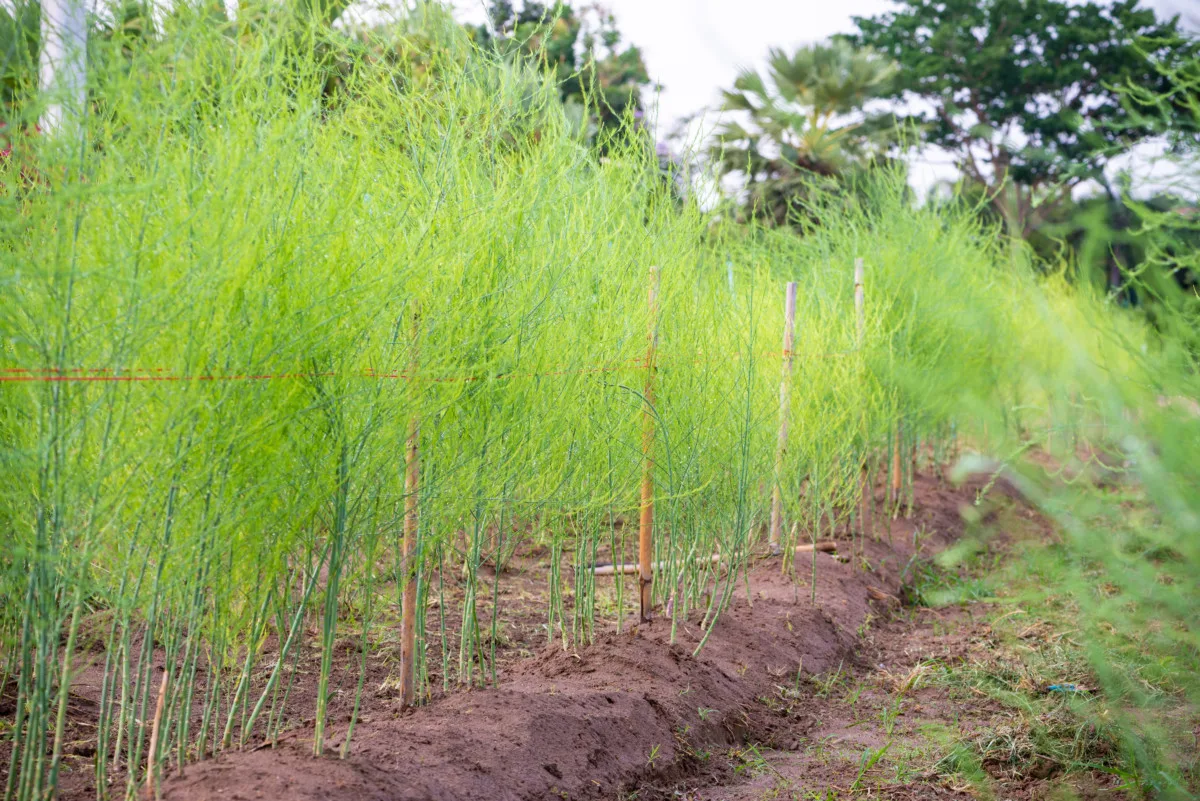
Of course, it takes a little effort to grow those well-kept asparagus crowns. With spring comes a long list of garden chores to prepare perennial vegetables and shrubs for another growing season. You’ve got to:
Fertilize the blueberry bushes
Prune your summer-bearing raspberry canes
And now you’ve asparagus, too.
Luckily, it only takes around fifteen to twenty minutes to prep your patch for another season of delicious green spires. With one sunny Saturday afternoon, you can easily take care of all your spring perennial garden chores.
Grab your wellies, and let’s get started.
Prune Back Last Year’s Growth
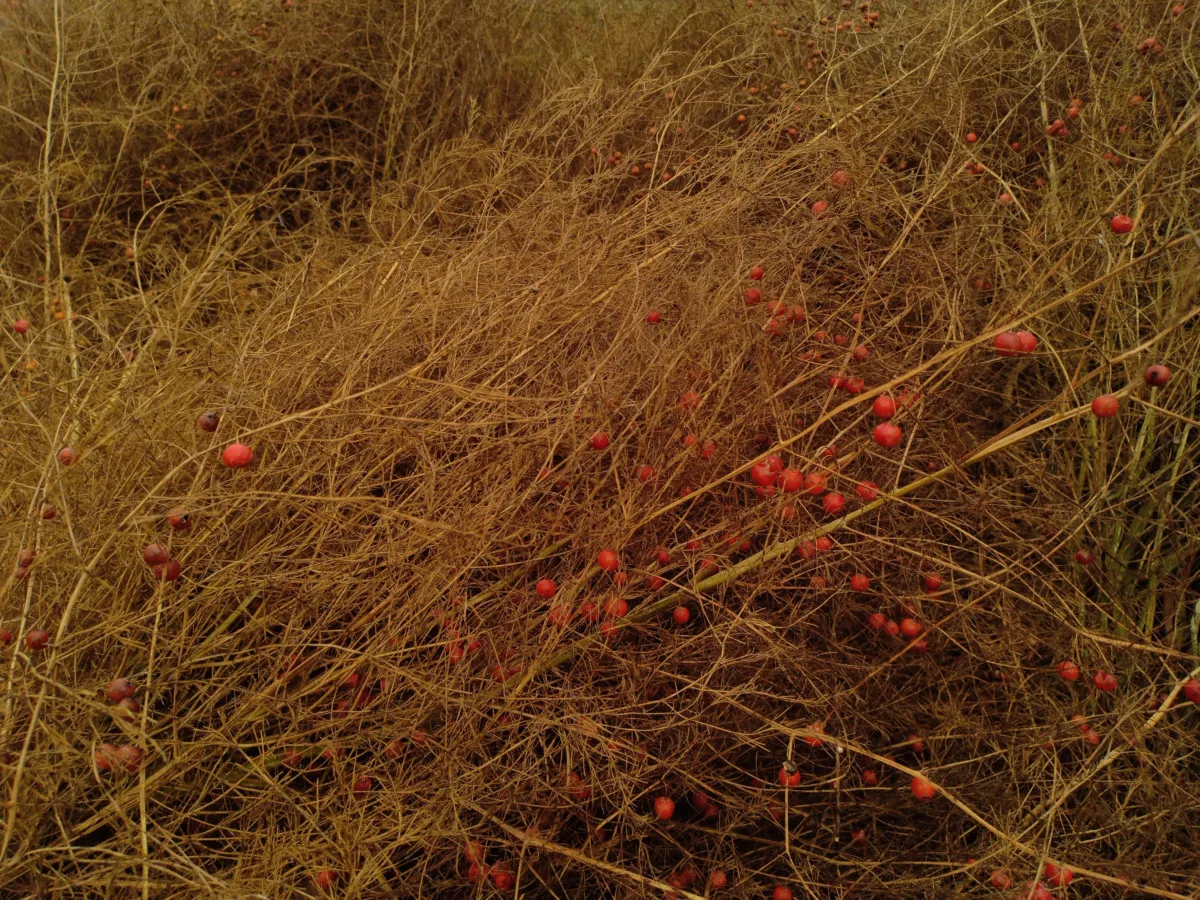
The first thing you need to do is prune back all of last year’s growth. This is relatively simple to do with a pair of hedge trimmers or even pruners. Cut the old growth as close to the crown as you’re able to.
You can compost last year’s growth or shred it and use it as mulch around the asparagus bed.
Oh, you already pruned and mulched your bed last fall?
You might wish to consider holding off on pruning in the fall as you’re missing out on free asparagus. By leaving the old growth to winter over, the dying vegetation becomes its own mulch.
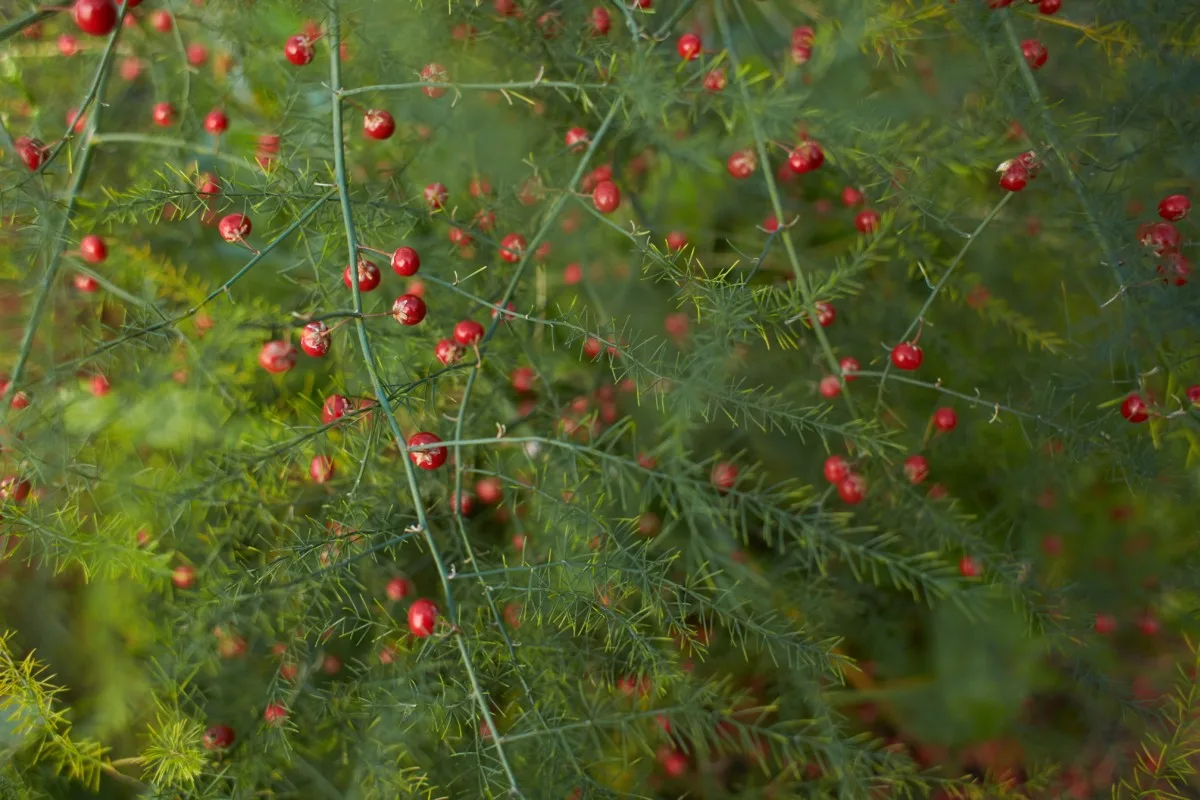
Asparagus will happily self-seed where it stands if you leave it, giving you new plants with very little effort each year.
Weeding
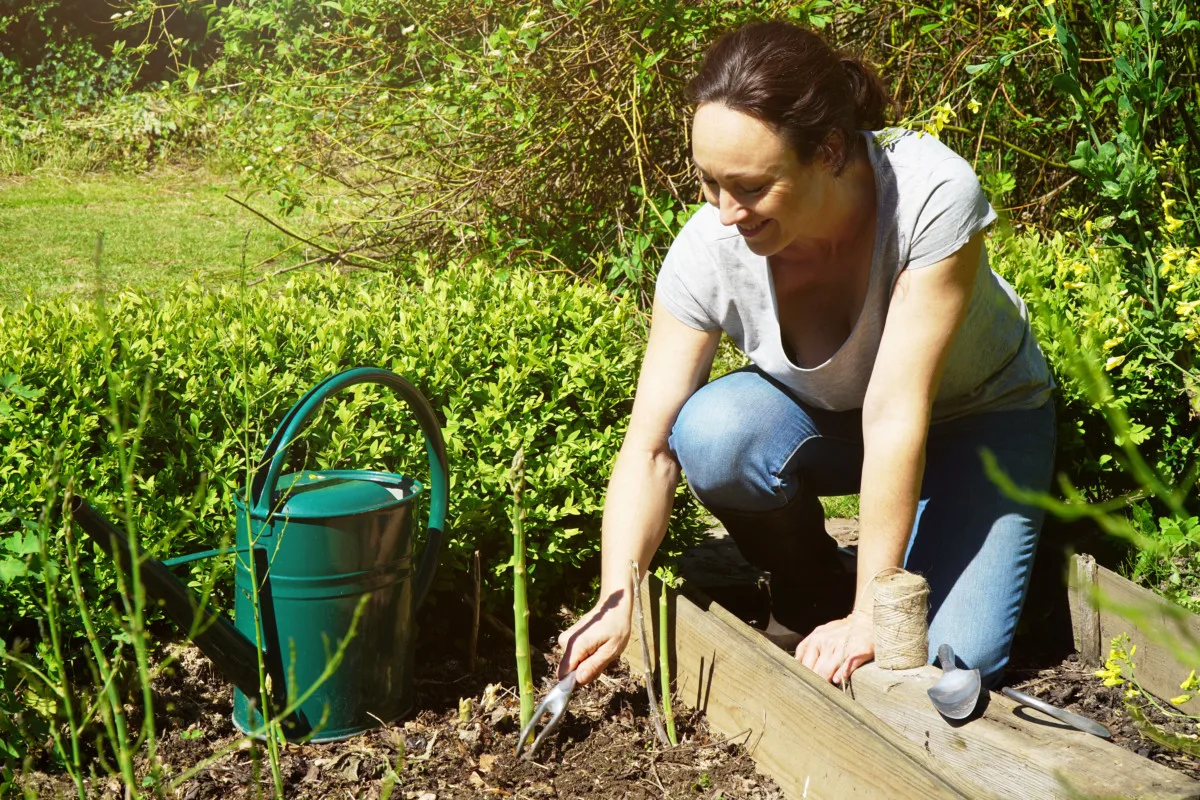
Weeding in the springtime is important to a healthy asparagus bed. Asparagus has a shallow root system, and you can easily disrupt the plant by pulling up weeds that have had a chance to grow long taproots and embed their roots within the asparagus crown. Early in the season, while the soil is still damp and the weeds are still young, get in there and grab them.
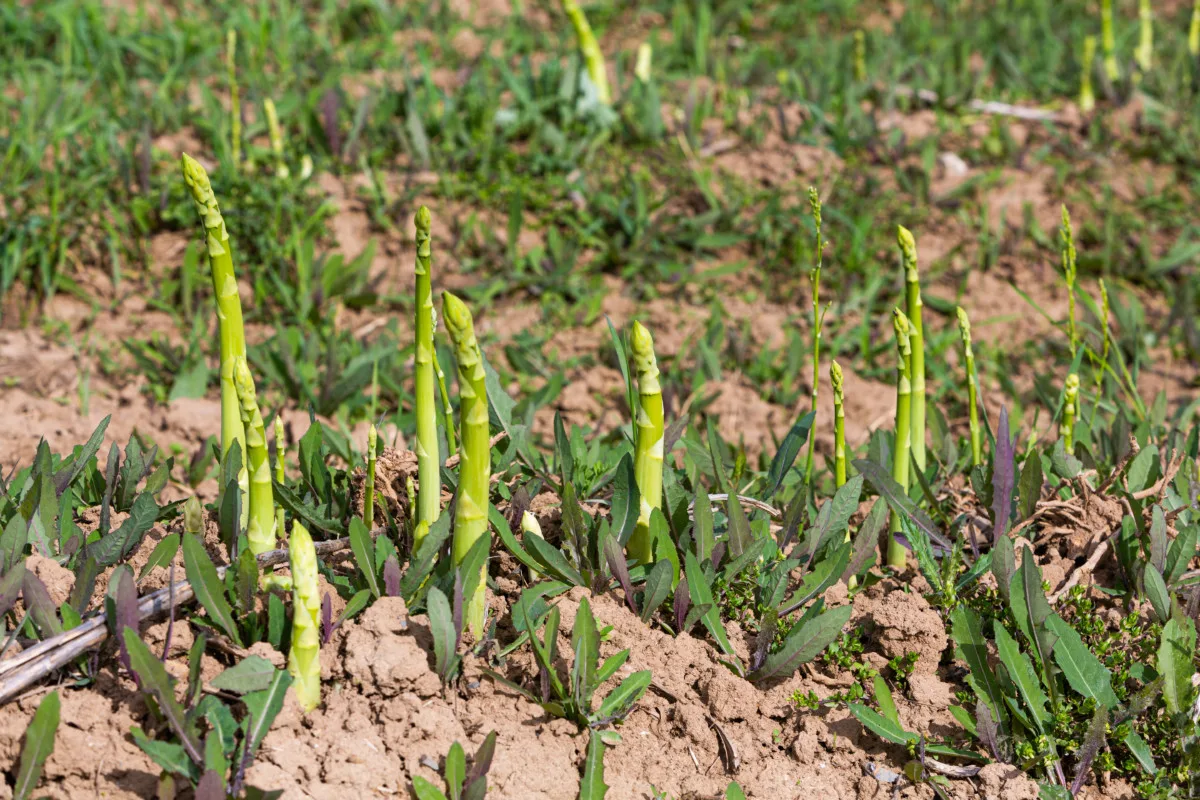
Again, be careful pulling up weeds close to the crown, especially things like Bermuda grass, which has long roots that can stretch several feet from where it’s growing.
Fertilize
Your lovely asparagus have spent the entire winter quietly waiting for warm weather again. And now that it’s here, or at least on the way, give your patch a good dose of an all-purpose fertilizer. I prefer liquid fertilizers this time of year, as they make nutrients available immediately to your plants, right where they need them – at the roots.
Giving your plants that immediate boost early in the season gives them a great start.
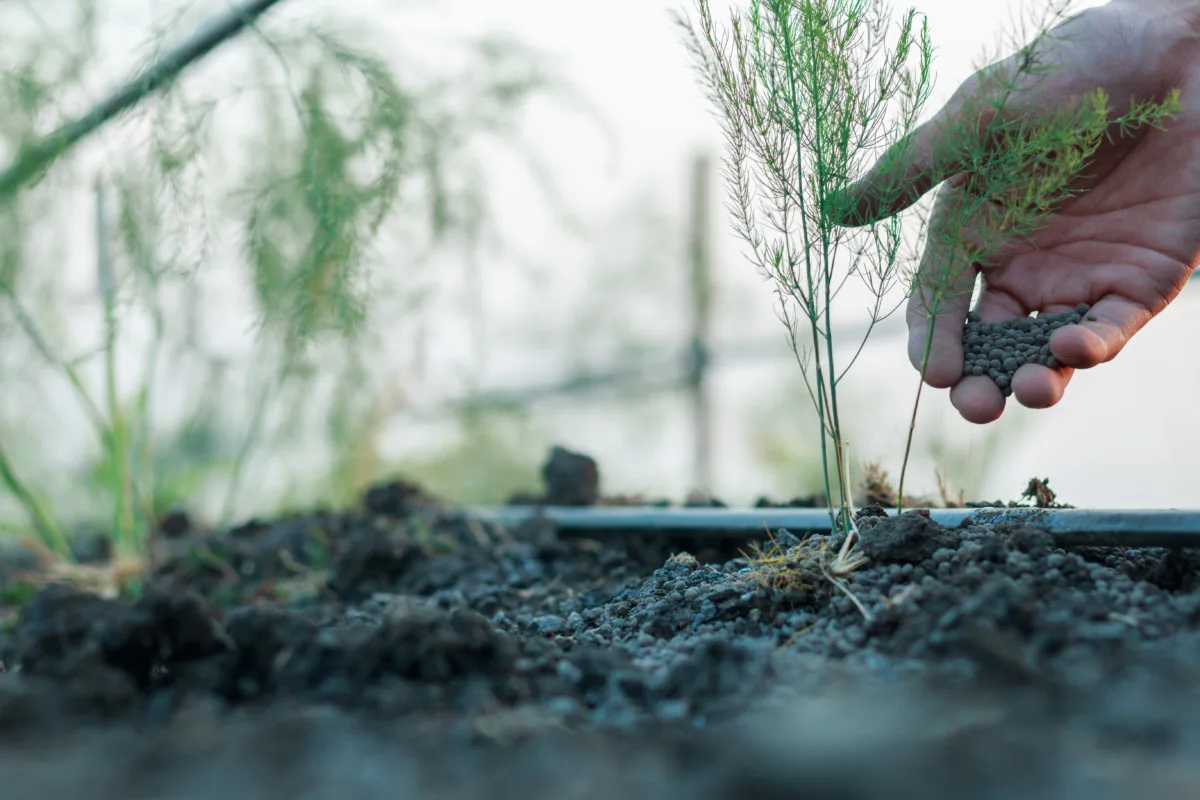
Asparagus needs a good deal of phosphorous each season, so adding bone meal around the crown is a great way to ensure a bumper crop.
Top Dress with Compost
Finish off by top-dressing lightly with compost. As discussed earlier, an asparagus patch can produce for up to thirty years, so it’s important to improve the soil each season. Adding compost that will slowly break down over the year will do just that.
Mulch
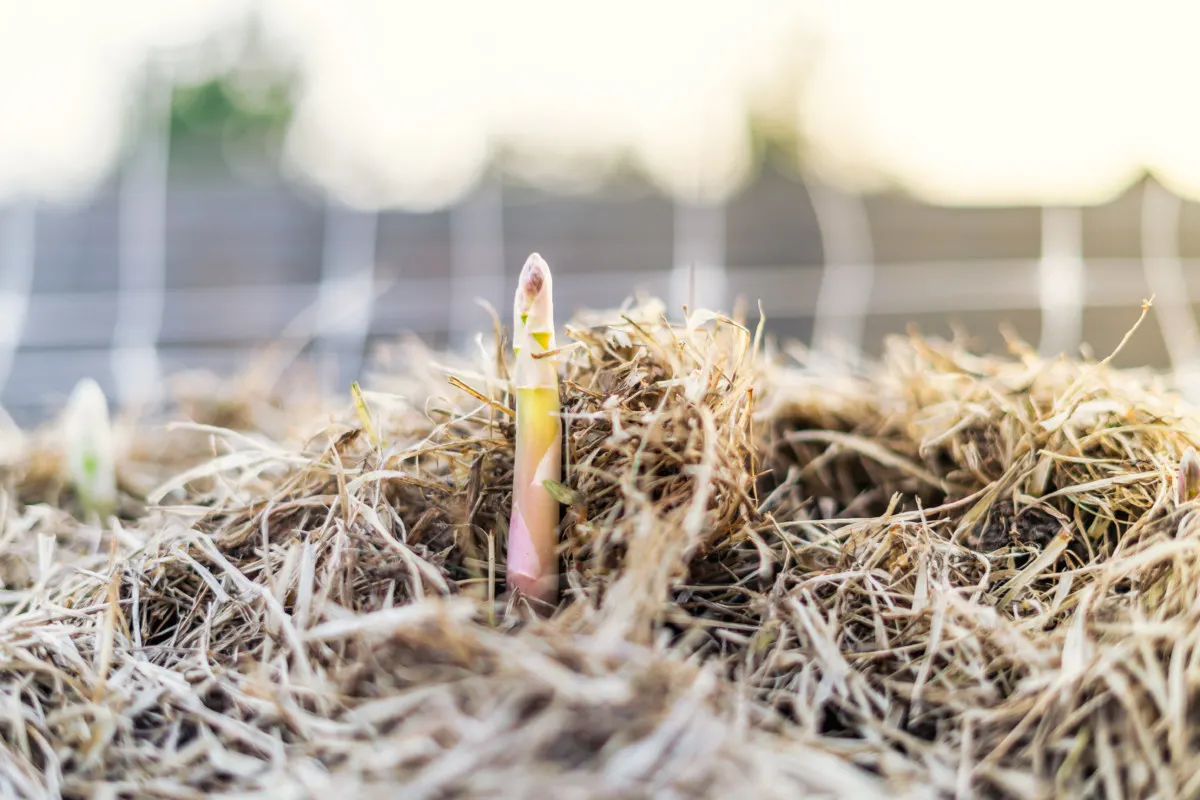
Once the bed of asparagus bed has been groomed and amended with the appropriate soil dressings, you may want to mulch the plants. Laying down a layer of mulch can do wonders to keep your patch weed-free, and as we’ve already discussed, pulling up weeds can disrupt the crown of the asparagus.
If you’ve saved the old growth you pruned, make a few passes over it with the lawnmower and use the resulting mulch. Otherwise, you can use straw, dried grass clippings, or check out this list of 19 different mulches you can use in your garden for some ideas.
Get Your Lawn Chair
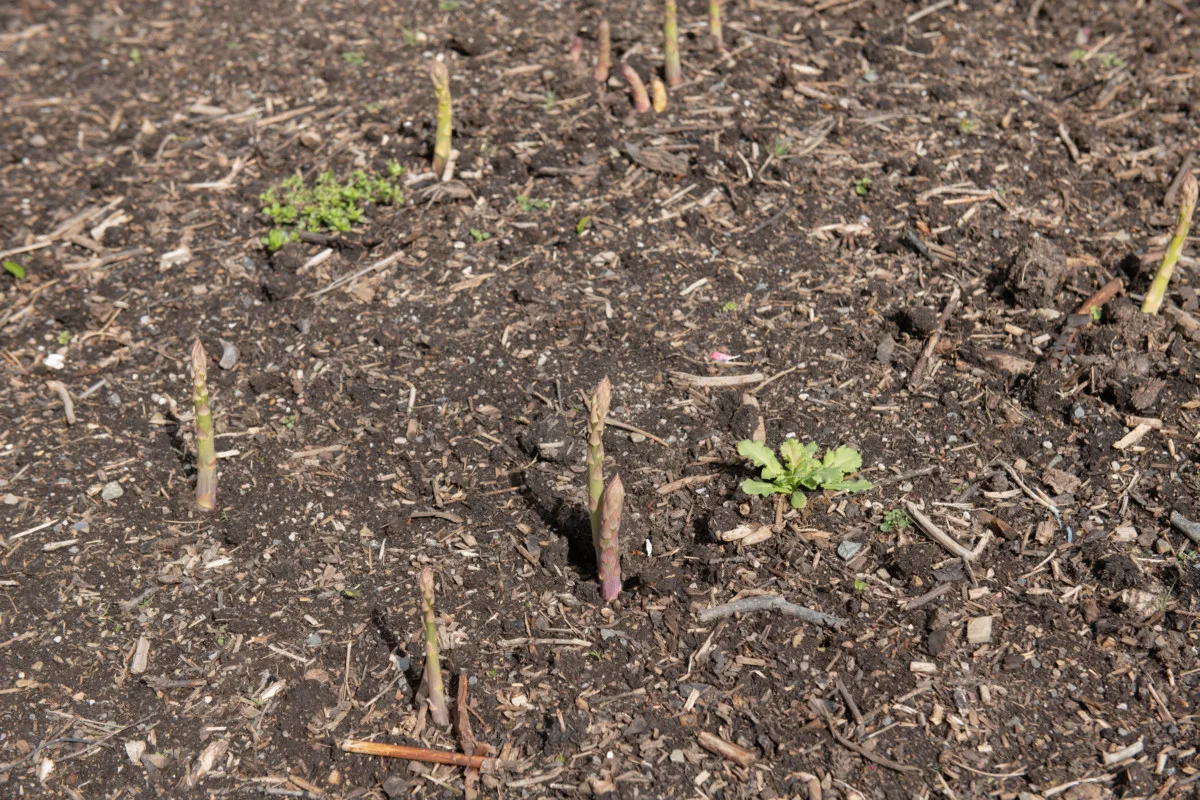
Okay, you did everything on your list. Great job!
Now get your lawn chair out, set it up next to your asparagus patch and wait patiently for those first few spikes to poke up from the ground. It’s okay to have a fork and butter standing by too.

Get the famous Rural Sprout newsletter delivered to your inbox.
Including Sunday musings from our editor, Tracey, as well as “What’s Up Wednesday” our roundup of what’s in season and new article updates and alerts.

